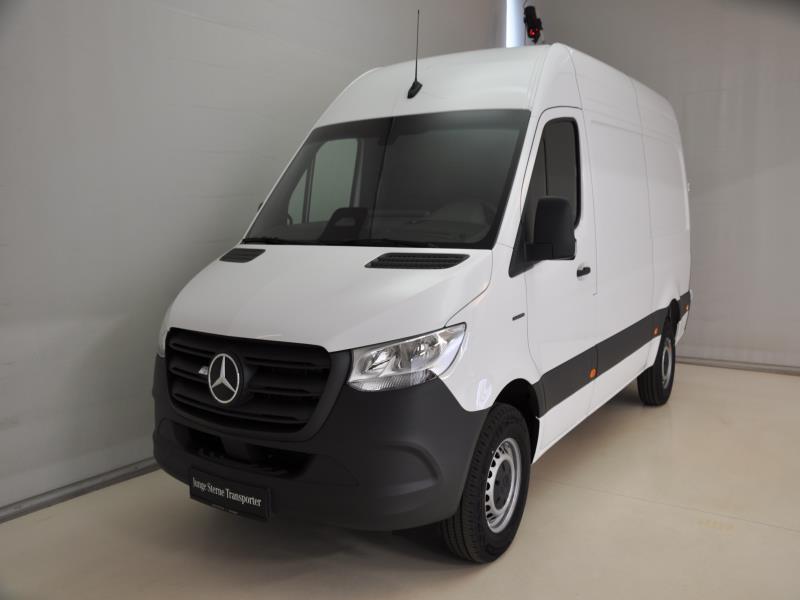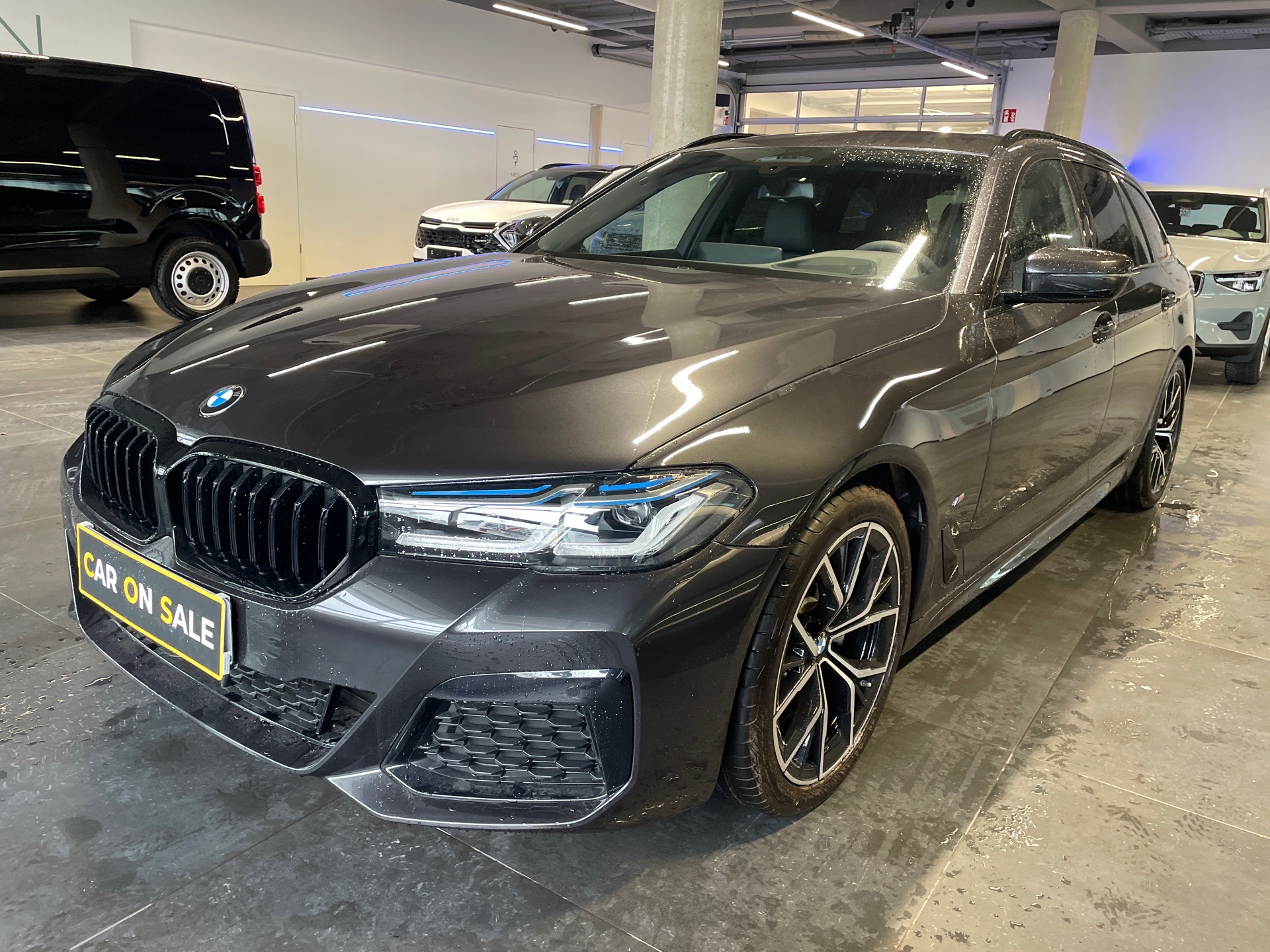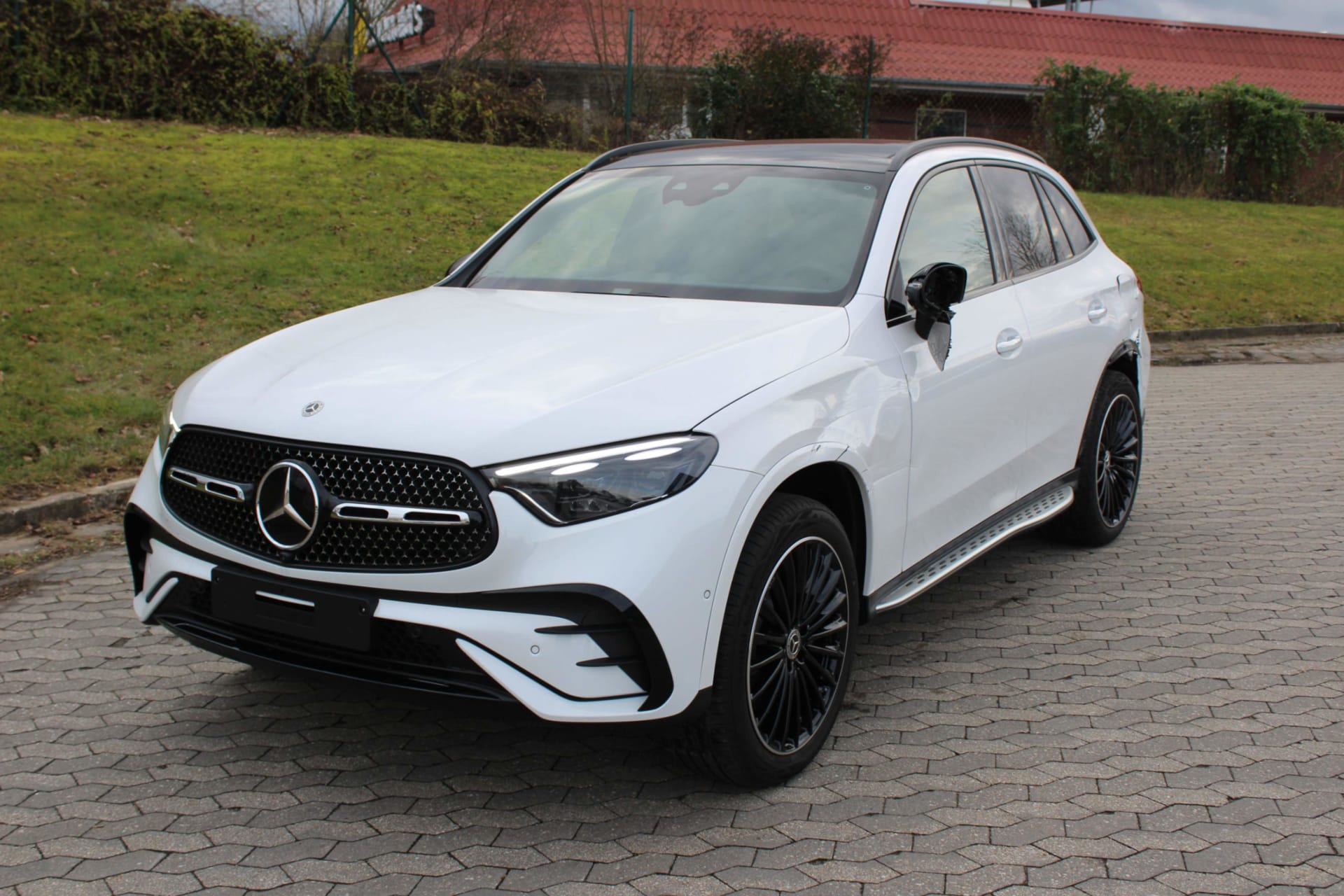Buy lease returns exclusively for dealers
CarOnSale enables car dealers to easily and profitably procure exclusive vehicles from licensed dealers and OEMs!











































Current Vehicle highlights
Discover our current top offers from the dealer auction
What are the advantages of off-lease vehicles?
Those who want to buy an off-lease vehicle can expect several advantages:
Favorable purchase price:
When comparing different offers, it quickly becomes apparent that lease returns usually impress with particularly favorable prices. Compared to similar used cars, the costs are usually significantly lower. This enables higher profit margins and ultimately more leeway in negotiations with end customers.
Guaranteed checkbook maintenance:
The dealership does not know in advance whether the lessee will ultimately take over or return the vehicle. For this reason, particular importance is attached to ensuring that all maintenance and inspections are carried out in a timely and professional manner. This is usually stipulated in the contract. When the vehicle is returned, an intensive inspection is carried out, including professional reconditioning if required. So if you want to buy a lease return, you get a car that is guaranteed to have had all the prescribed workshop visits.
Vehicles with good conditions:
Lease returns are often particularly lucrative vehicles. For one thing, they are usually only between 2 and 4 years old. This means that they have already lost most of the depreciation that a new car suffers in the first year. Nevertheless, due to their young age, they are good used cars that will give their owners a lot of pleasure.
Top equipment:
What's more, in commercial leasing in particular, there is usually no skimping on equipment. The vehicle is one of the company's flagships, which should convince customers. This is why leased vehicles are often equipped with leather seats, Automatic, large navigation systems or good media equipment. If you want to buy a lease return, you usually get a young used car with above-average equipment at a comparatively low price.
First-hand vehicle:
Another advantage of leasing returns is the fact that the vehicles usually only had one previous owner. In commercial leasing, the fleet is carefully planned, and even in private leasing it is rare that the lessee can no longer pay the monthly installment. This means that information about the vehicle, including maintenance and inspections, remains clear.
Now new: The COS Bonus Club
Benefit from additional advantages with every purchase.
Simple Registration in 3 Steps
Fill in Company Information
You will receive a confirmation e-mail, which will take you to the document upload.
Upload Documents
A business registration, identity card and VAT ID.
Buy within 24 hours
In the meantime, you have access to the marketplace.
This is how it works: From the platform to
you to the yard
You will not only find the vehicle of your choice with us. We support you as a single point of contact throughout the entire purchasing process.
What enthusiastic
dealer colleagues
Frequently Asked Questions
Why are lease returns so cheap?
There are two reasons for this: Firstly, the majority of the depreciation that a new car experiences in the first year has already been paid for by the lessee. Secondly, lease returns often come in large numbers, for example when a company returns its fleet. The dealerships then need the space and want to quickly pass on the vehicles.
How much can you save with a lease return?
Depending on the model, mileage and condition, savings of up to 60 % compared to the new price are possible.
Which models are predominantly found?
Most lease returns are former company vehicles, often from the field service. They need cars that can be seen by customers and that offer plenty of storage space for work materials. For this reason, mid-range or top-of-the-range diesel vehicles in estate versions are offered particularly frequently.
When should you not buy a leasing return?
As soon as the vehicles have a particularly high mileage and typical wear parts have not yet been replaced, caution is advised. On the other hand, you usually do well with a returned vehicle that has been driven by a private individual.
What should be considered when buying a leasing return?
When buying a lease return, you should check the condition of the vehicle carefully, as leased vehicles are often used intensively. It is important to pay attention to maintenance records, previous damage and the mileage. CarOnSale ensures that risks such as hidden defects are minimized through transparent vehicle valuations and detailed appraisals.
What is an off-lease vehicle?
A lease return is a vehicle that is returned to the lessor at the end of a leasing contract. These cars are usually between two and four years old and have often been used by companies or private individuals. CarOnSale carefully checks all lease returns in order to provide dealers with the best possible information about their condition.
Off-Lease Vehicles - What's the deal with the bargains?
Lease returns are often considered a bargain because they are usually cheaper than comparable new cars and still offer a modern standard of equipment. Many of these vehicles have a complete maintenance history and are technically up to date. CarOnSale enables attractive purchase prices through auctions and ensures transparency in the vehicle history.
Do lease returns also have disadvantages?
Lease returns can have disadvantages such as higher mileage, signs of use or a lack of individual equipment. In some cases, minor repairs or reconditioning may be necessary. CarOnSale reduces these risks through a comprehensive condition check and clear documentation of all relevant vehicle data.










